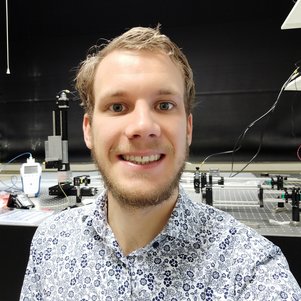“With its expertise on optical coherence tomography and microscopy, the department of Imaging Physics from the Faculty of Applied Sciences develops novel imaging methods that will strongly enhance our knowledge on downy mildew diseases, resistance mechanisms, and new traits for resistance breeding”
Research on pathogenic microbes and host plant resistance is hampered by the lack of automated imaging methods. To effectively identify and use plant resistance traits we aim to shed new insights to quantify pathogen infection and plant resistance. We will work on downy mildew, which is the number one disease of lettuce and is caused by Bremia lactucae. With its expertise on optical coherence tomography and microscopy, the department of Imaging Physics from the Faculty of Applied Sciences develops novel imaging methods that will strongly enhance our knowledge on downy mildew diseases, resistance mechanisms, and new traits for resistance breeding.
We work closely together with our partner University Utrecht to combine biological and technical expertise and methods to develop a sensitive, unbiased, and automated platform for digital plant disease phenotyping. It will involve the development of fluorescent Bremia strains, the discovery of optical biomarkers, e.g. using optical coherence tomography, and multiscale 3D plant imaging.

